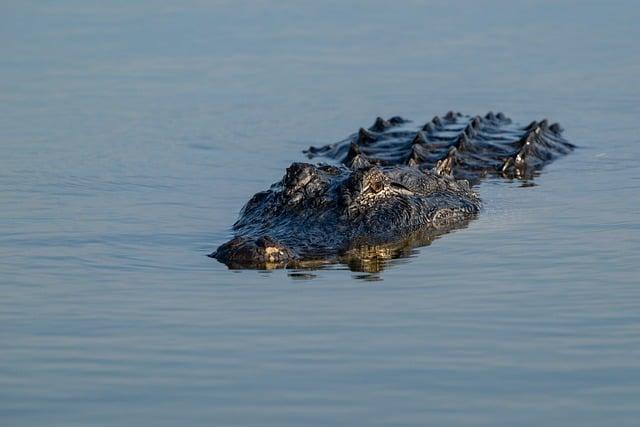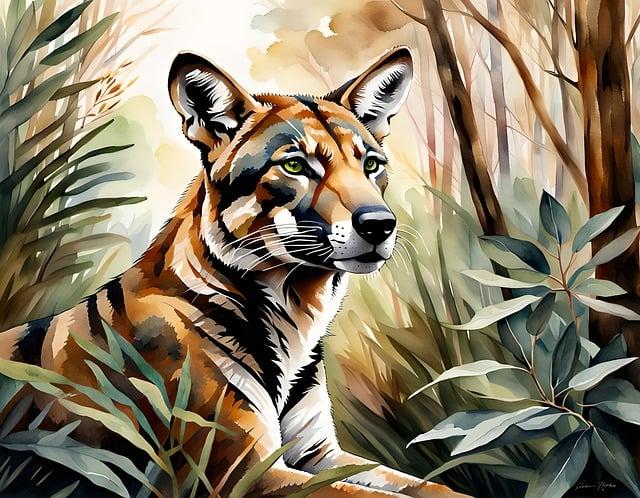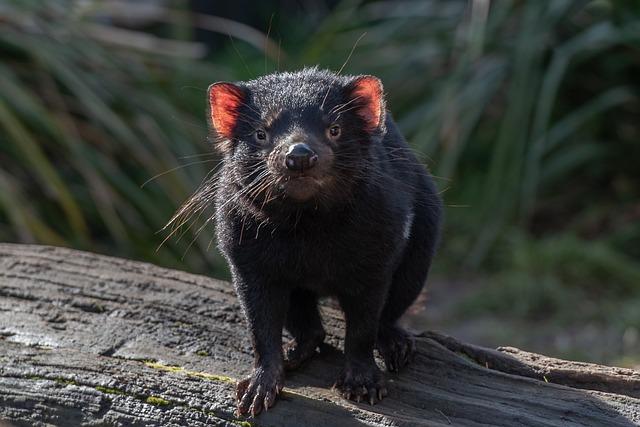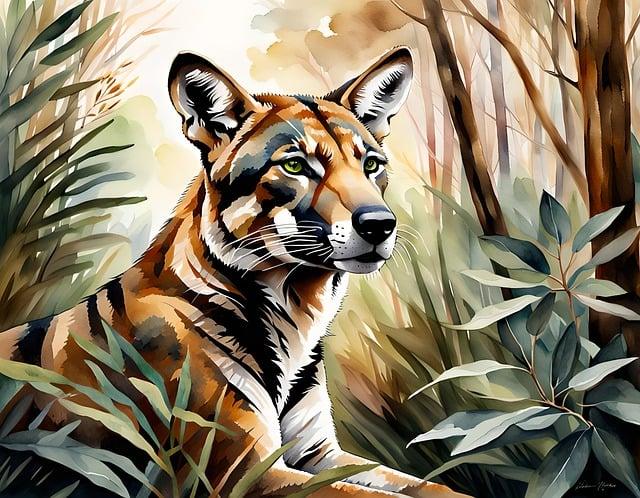- Introduction
- History of the Tasmanian Tiger
- Recent Sightings and Evidence
- Causes of Extinction
- Myths and Legends
Introduction
The Tasmanian Tiger, also known as the thylacine, was a carnivorous marsupial native to Tasmania, Australia. This unique creature, with its striped back resembling a tiger, is often referred to as the "Ghost of Australia" due to its elusive nature and mysterious extinction.

(Image: Pixabay/@garten-gg)
History of the Tasmanian Tiger
The Tasmanian Tiger roamed the Australian wilderness for thousands of years, coexisting with indigenous communities. With its powerful jaws and formidable hunting skills, the thylacine played a vital role in the ecosystem as a top predator. However, the arrival of European settlers in the 19th century marked the beginning of the downfall for this iconic species.

(Image: Pixabay/@yesman111)
As settlers encroached upon thylacine habitat, conflicts arose, leading to widespread persecution of the creature. The Australian government even implemented bounties on Tasmanian Tigers, considering them a threat to livestock. This relentless hunting and habitat destruction significantly contributed to the decline in population numbers.
The last known Tasmanian Tiger died in captivity at the Hobart Zoo in 1936, marking the tragic end of a species that once roamed the Australian wilderness freely.
Recent Sightings and Evidence
Despite being declared extinct, reports of Tasmanian Tiger sightings have persisted over the decades, igniting hope for the possibility of its survival. Numerous alleged sightings, footprints, and blurry photographs have surfaced, fueling speculation about the existence of surviving thylacines in remote regions of Tasmania.

(Image: Pixabay/@ArtSpark)
Scientists and wildlife enthusiasts continue to search for concrete evidence to confirm the existence of the Tasmanian Tiger. Modern technology, such as camera traps and DNA analysis, offer new avenues for investigating these elusive creatures and shedding light on their current status.
Causes of Extinction
While human interference played a significant role in the extinction of the Tasmanian Tiger, factors such as disease, competition with introduced species, and loss of prey also contributed to the decline of the population. The isolation of Tasmania and limited genetic diversity among the thylacine population further weakened their ability to adapt to changing environments.

(Image: Pixabay/@garten-gg)
The exploitation and destruction of the thylacine's natural habitat, coupled with targeted hunting campaigns, hastened the demise of this once thriving species. Lessons learned from the tragic extinction of the Tasmanian Tiger serve as a sobering reminder of the importance of conservation efforts in preserving Earth's biodiversity.
Myths and Legends
The disappearance of the Tasmanian Tiger has sparked a myriad of myths and legends surrounding the creature's fate. From tales of spectral sightings to rumors of secret breeding populations, the enigmatic nature of the thylacine continues to captivate the imagination of people around the world.

(Image: Pixabay/@pen_ash)
Whether portrayed as a symbol of lost wilderness or a harbinger of ecological balance, the legacy of the Tasmanian Tiger endures through art, literature, and conservation activism. While the physical presence of the thylacine may be a thing of the past, its spirit lives on in the ongoing quest to unravel the mysteries of this ghostly icon.
Conclusively, the Tasmanian Tiger remains a poignant reminder of humanity's impact on the natural world and the urgent need for conservation efforts to protect vulnerable species. As we strive to preserve the delicate balance of ecosystems and learn from the mistakes of the past, the ghostly presence of the Tasmanian Tiger serves as a haunting symbol of what we stand to lose if we do not act decisively.

